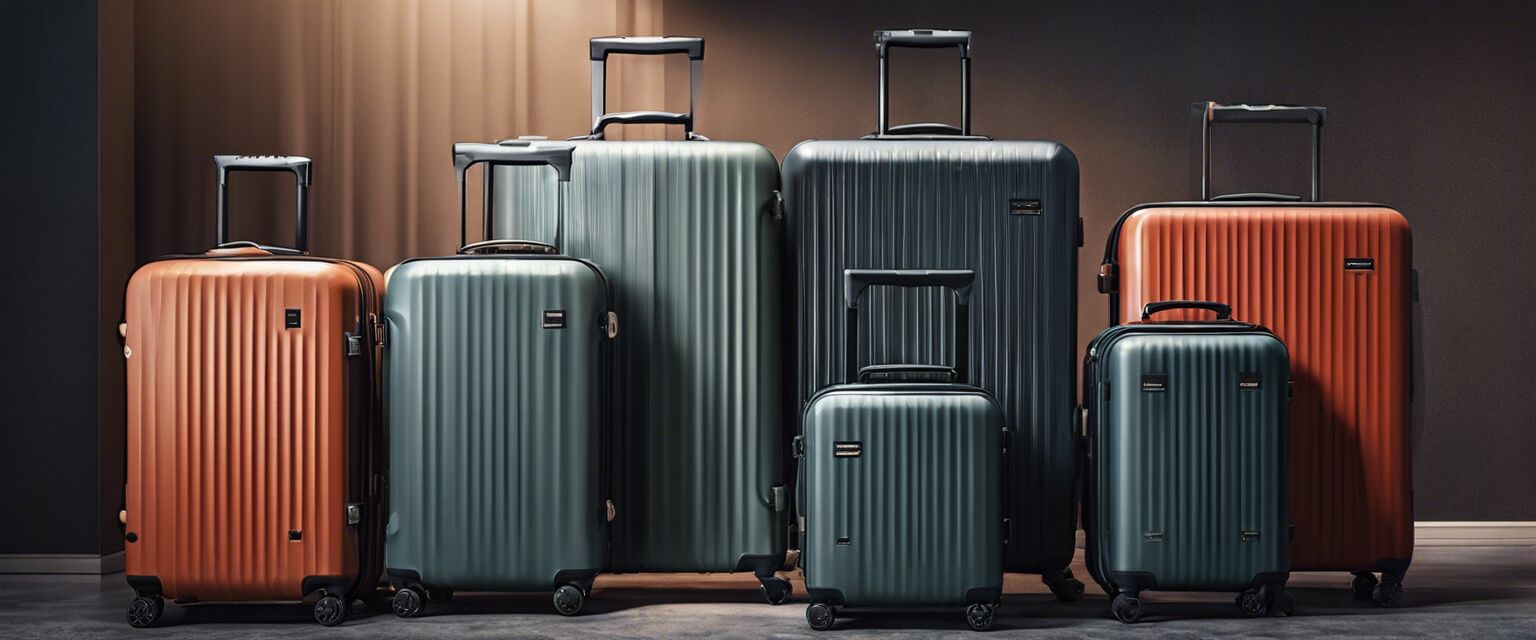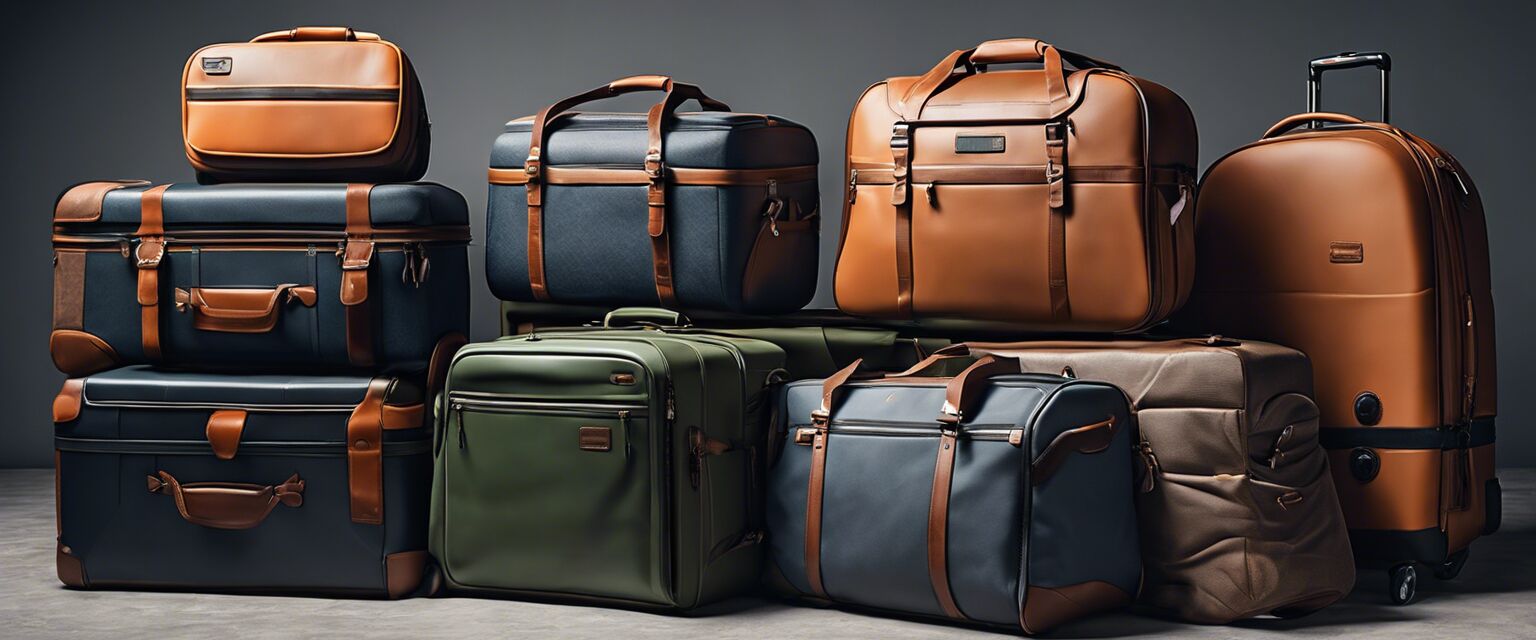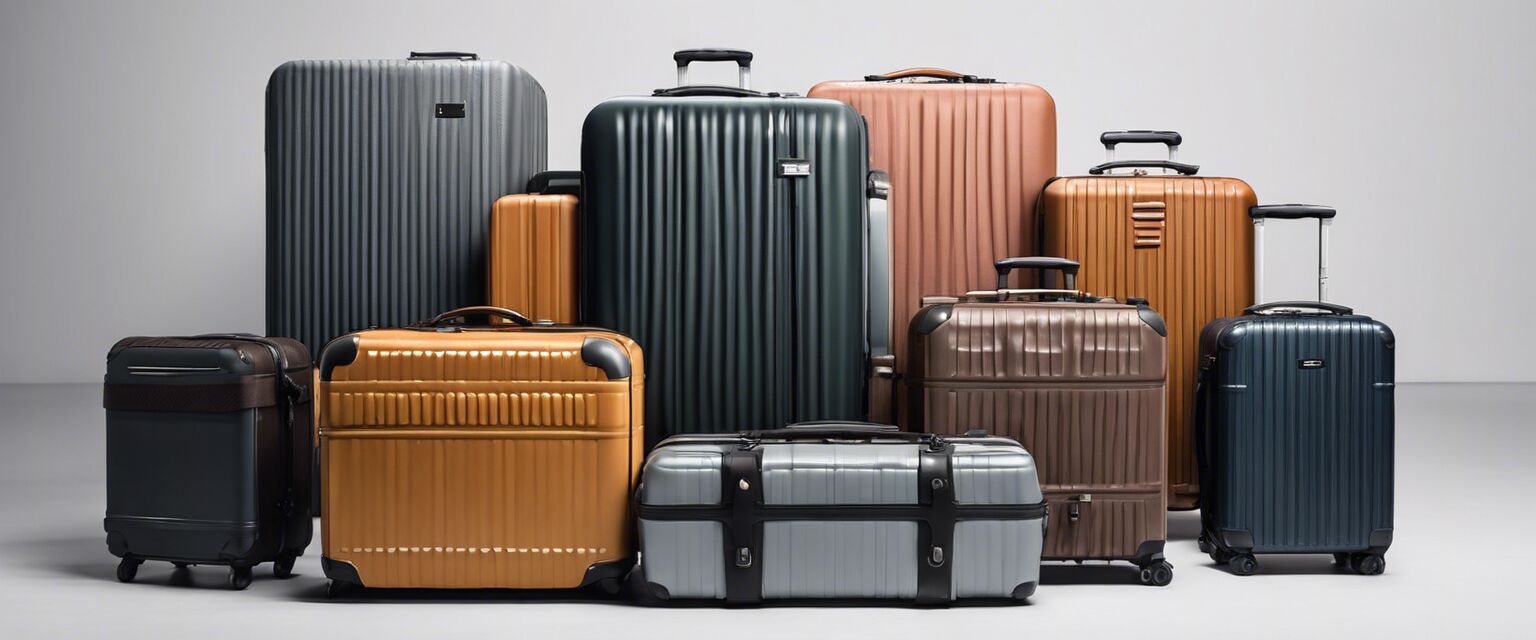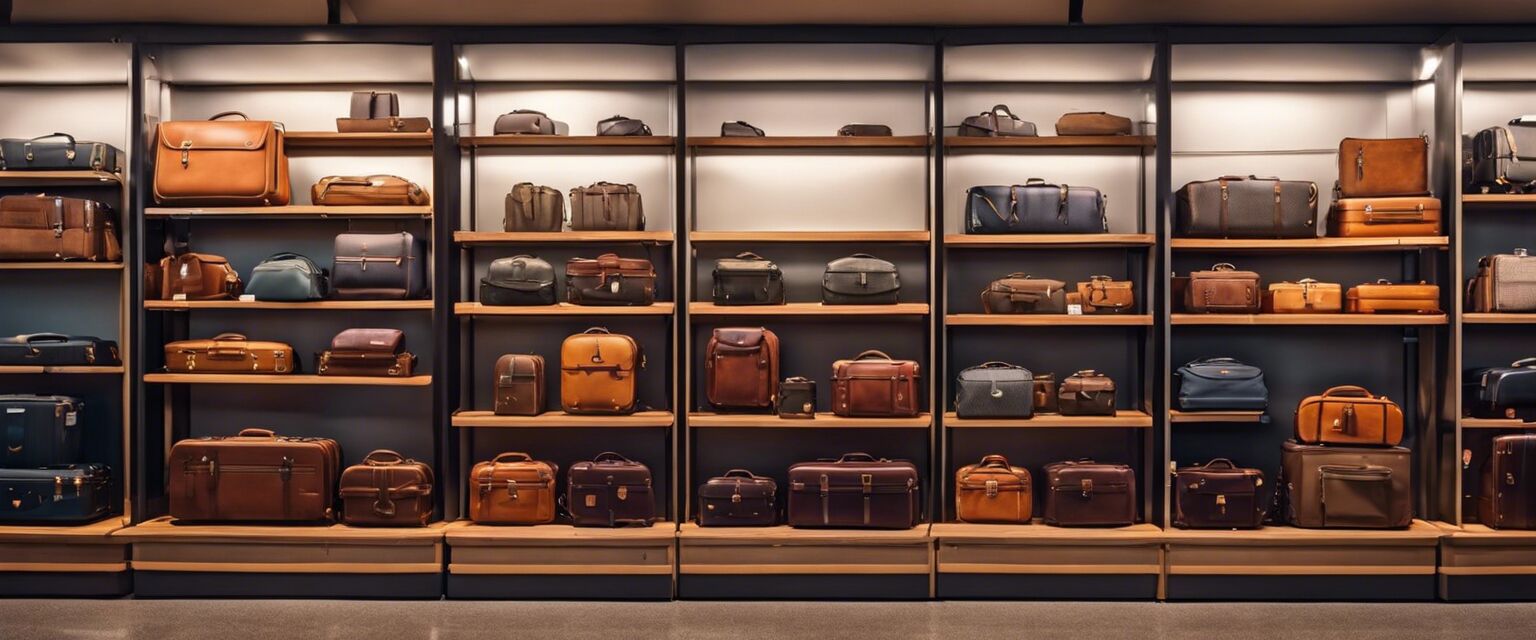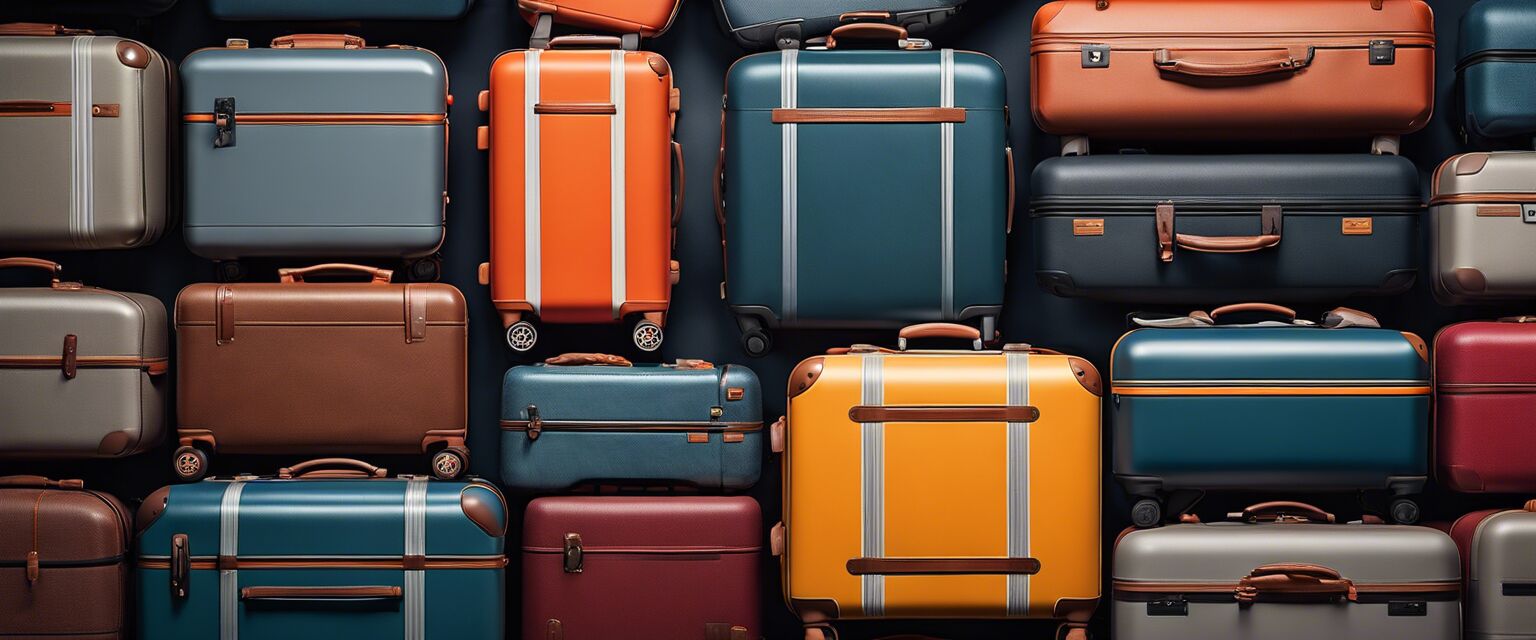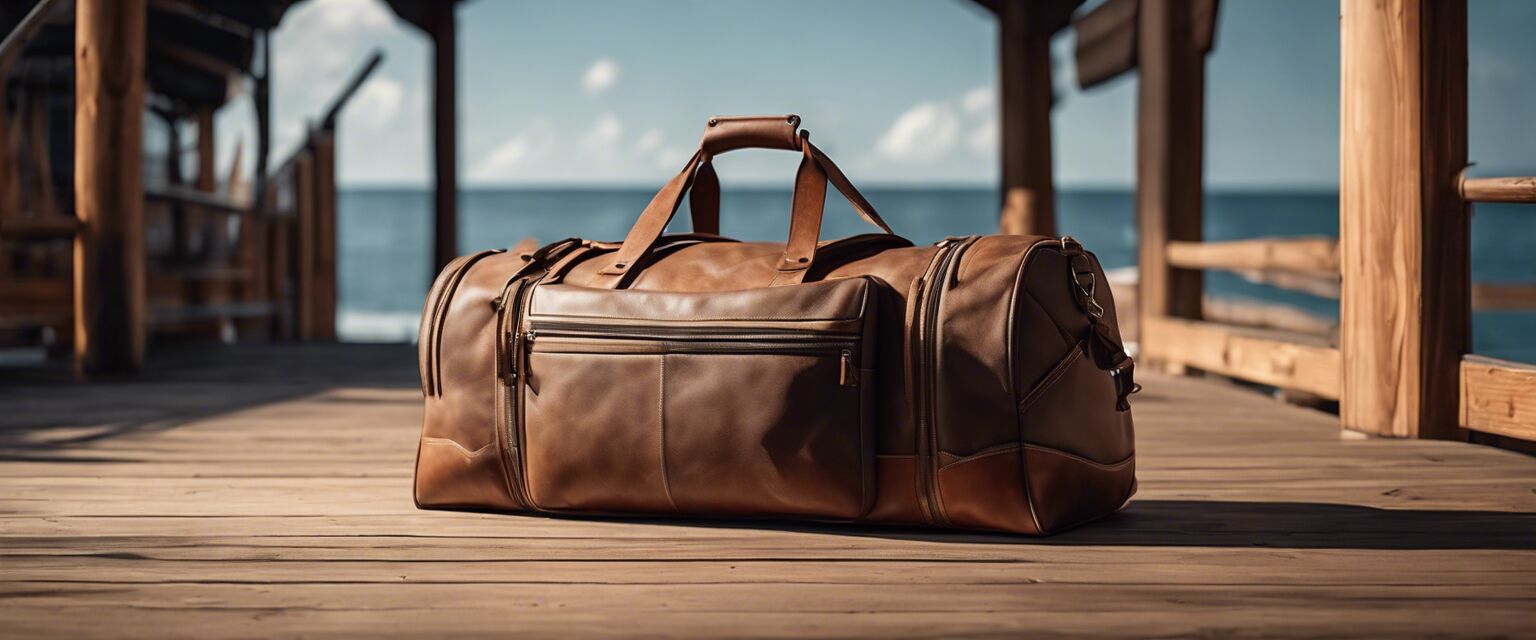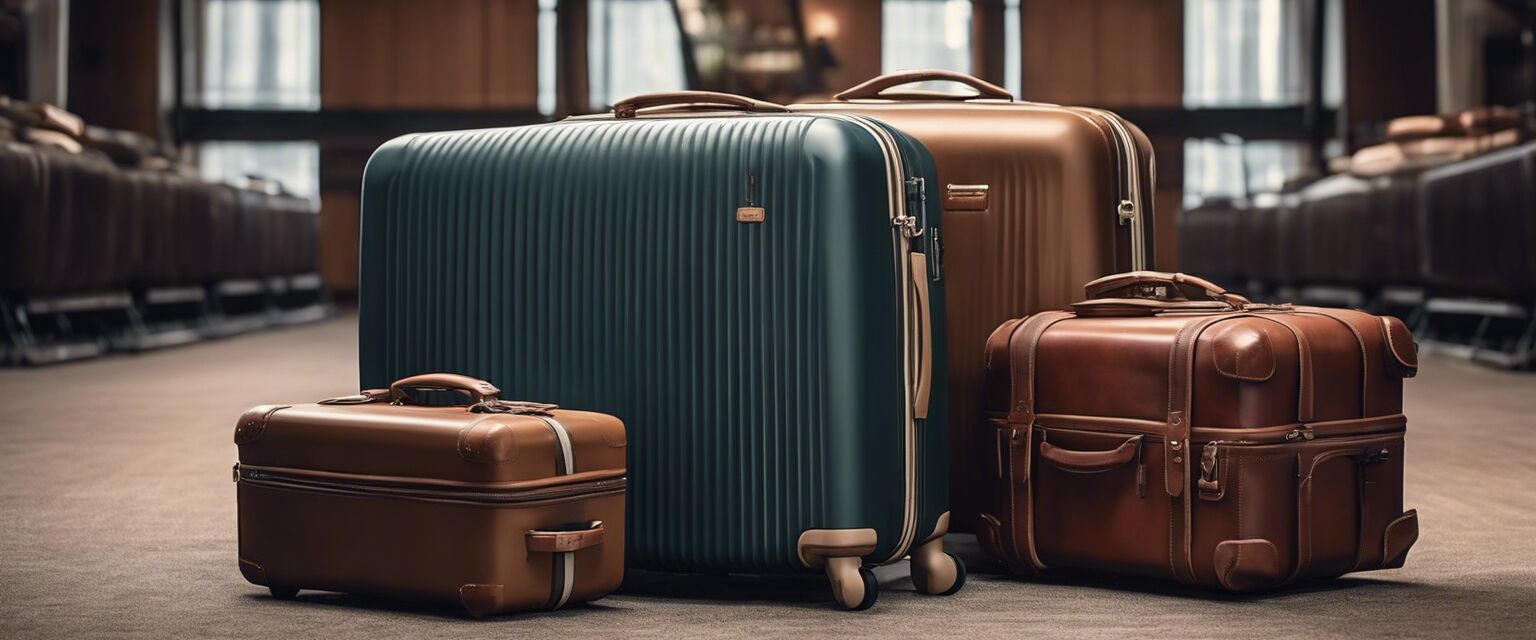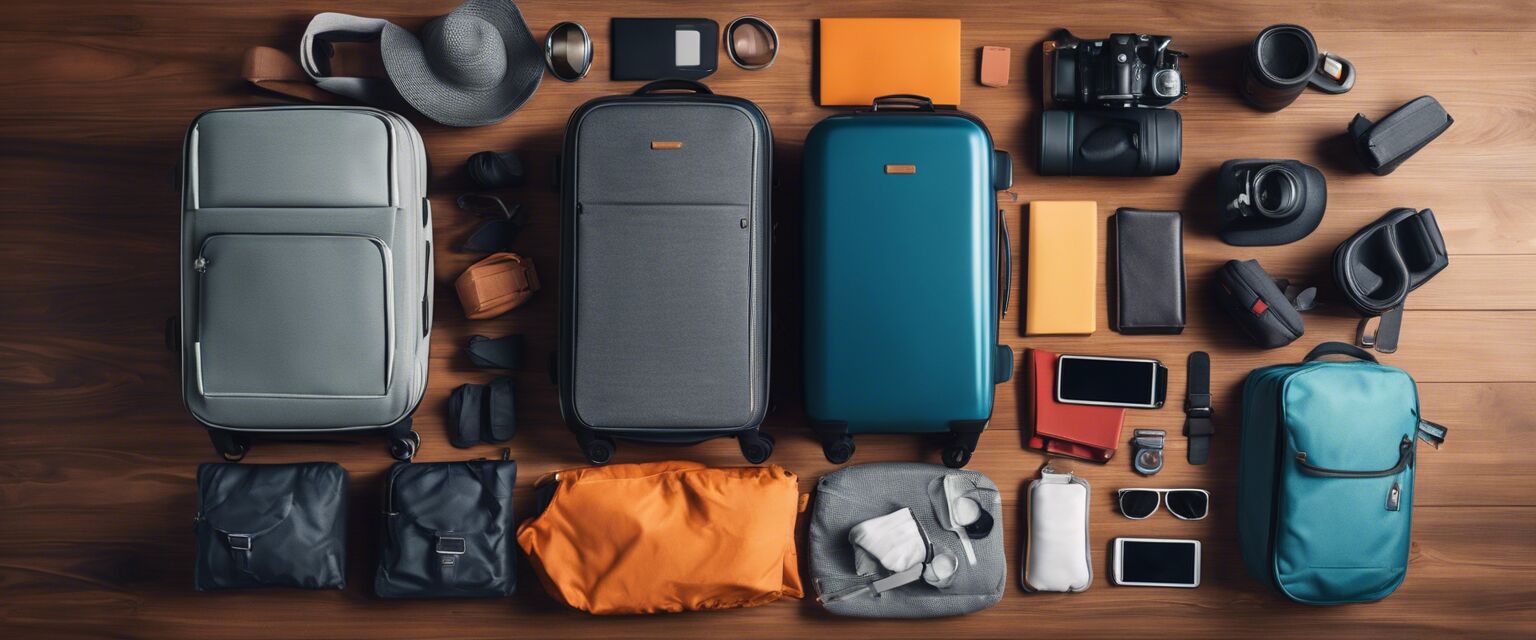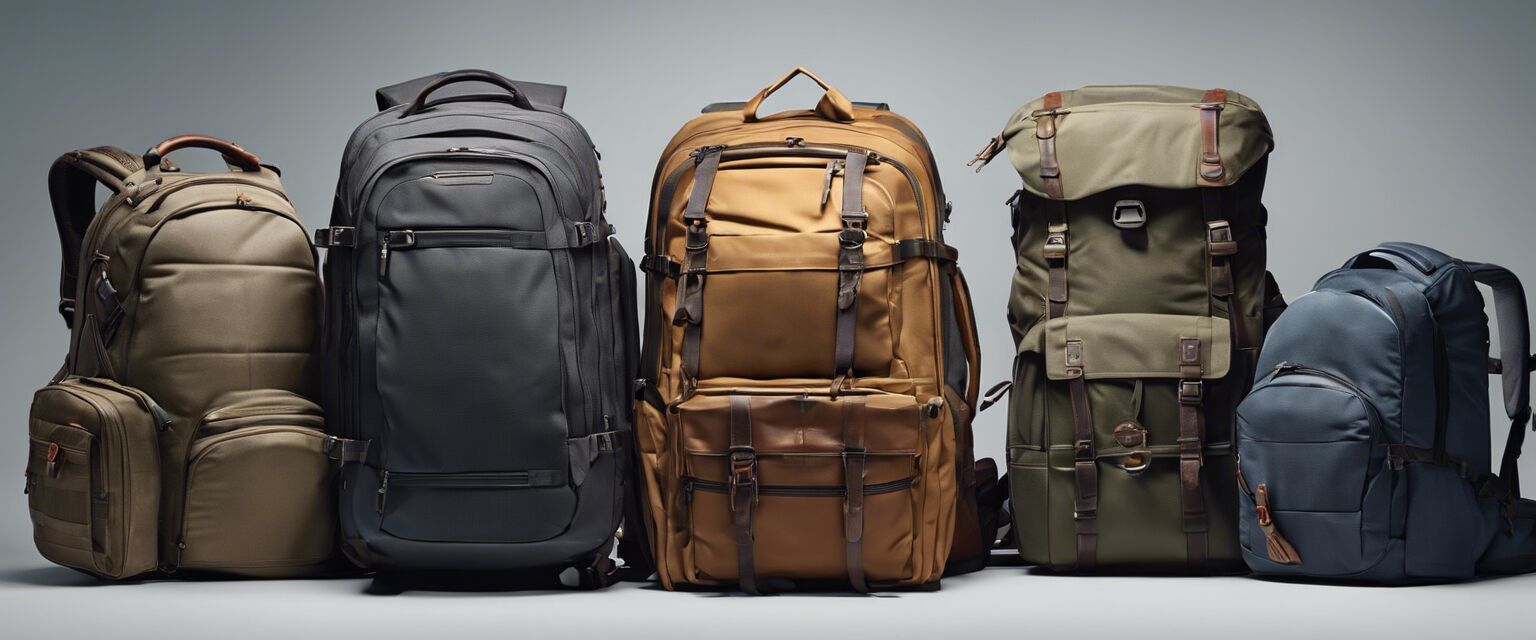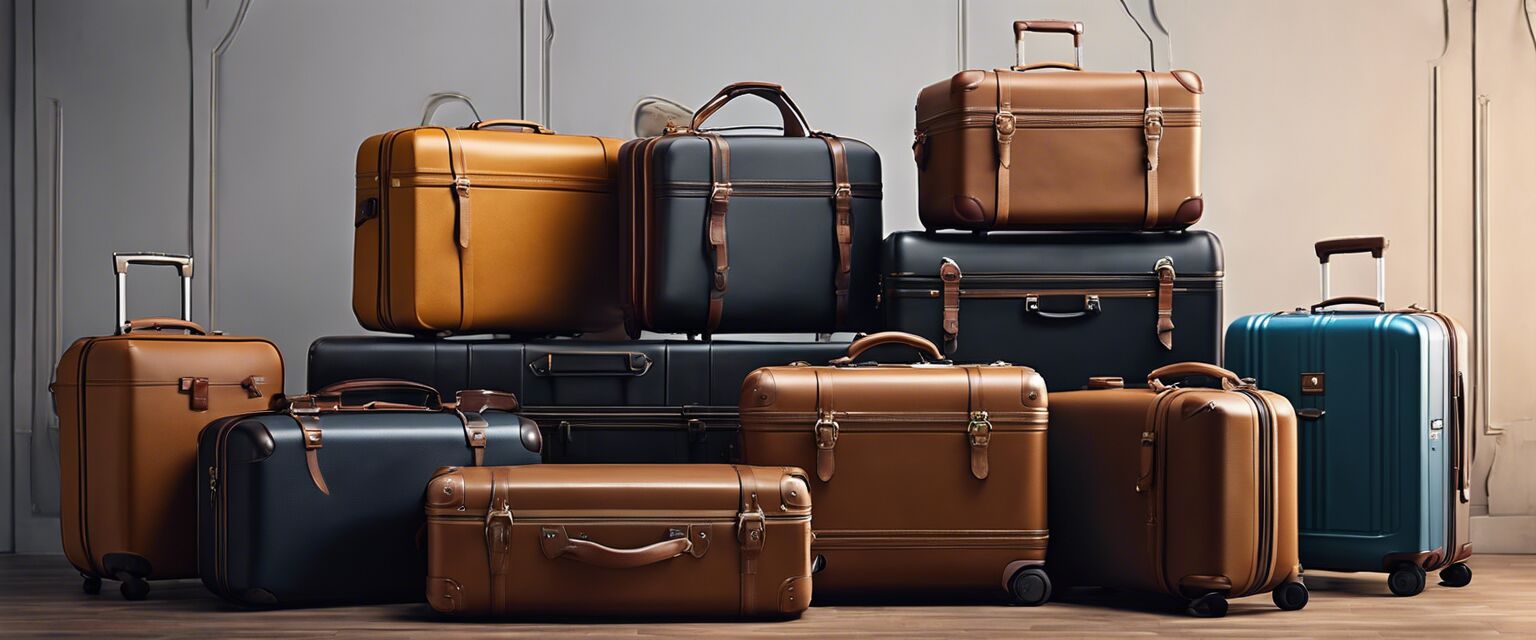
Carry-On Luggage: A Comprehensive Guide to the Best Options for Your Travel Needs
Key Takeaways
- Carry-on luggage sizes typically follow airline regulations, usually around 22 x 14 x 9 inches.
- Consider weight, functionality, and durability when choosing your carry-on.
- Different materials, such as hard shell and soft shell, offer varied protection and flexibility.
- Features like wheels, handles, and compartments can enhance usability.
When it comes to flying, having the right carry-on luggage can make a significant difference in your travel experience. This guide provides you with everything you need to know to choose the perfect carry-on luggage tailored to your travel needs, keeping convenience and style in mind.
What is carry-on luggage?
Carry-on luggage refers to the type of bag that travelers can take onboard a flight. Generally, it must fit in the overhead compartment or under the seat in front of you. Most airlines impose specific size and weight restrictions, leading to a wide variety of options available on the market.
Why is carry-on luggage important?
Carry-on luggage offers several advantages:
- Convenience: You can access your belongings during the flight without the need to wait at the luggage carousel at your destination.
- Time-saving: Traveling with just a carry-on means you avoid checked baggage fees and the process of checking your bag.
- Security: Keeping your luggage close minimizes the risk of loss or damage.
Choosing the right carry-on luggage
Size matters
Before purchasing, it's essential to check the size restrictions imposed by the airline you will be flying with. Most airlines allow a carry-on bag that measures up to:
| Airline | Maximum Dimensions (inches) |
|---|---|
| Delta Airlines | 22 x 14 x 9 |
| American Airlines | 22 x 14 x 9 |
| United Airlines | 22 x 14 x 9 |
| Southwest Airlines | 24 x 16 x 10 |
Types of carry-on luggage
There are several types of carry-on luggage to choose from, each suited for different travel styles:
- Hard shell luggage: Offers enhanced protection for fragile items.
- Soft shell luggage: Generally lighter and more flexible, easier to fit in tight spaces.
- Backpacks: Ideal for those who prefer mobility and often need hands-free options.
- Duffel bags: Great for short trips and casual travelers.
Key features to consider
When selecting carry-on luggage, consider the following features:
| Feature | Description |
|---|---|
| Wheels | Choose between 2-wheeled or 4-wheeled designs for ease of mobility. |
| Handles | Look for adjustable telescoping handles that provide comfort and usability. |
| Compartments | Organizational compartments for electronics, clothing, and accessories can help you pack efficiently. |
| Material | Opt for sturdy materials that can withstand the rigors of travel. |
Comparison of popular carry-on luggage brands
| Brand | Type | Durability | Price Range |
|---|---|---|---|
| Samsonite | Hard shell | High | $$$ |
| Travelpro | Soft shell | Medium | $$ |
| Osprey | Backpack | High | $$$ |
| Adidas | Duffel bag | Medium | $ |
Tips for packing your carry-on luggage
Beginner's section
- Roll your clothes to maximize space and reduce wrinkles.
- Use packing cubes to keep your items organized.
- Remember to check the TSA regulations for permitted items.
- Pack essentials like medication, toiletries, and important documents on top for easy access.
Maintaining your carry-on luggage
Proper care can prolong the life of your carry-on. Here are some maintenance tips:
- Clean your luggage regularly to avoid dirt build-up.
- Store it properly when not in use to retain shape.
- Check for any tears or damages and repair them promptly.
Conclusion
Selecting the perfect carry-on luggage is an essential part of preparing for any journey. With the right size, type, and features in mind, you can ensure a smoother travel experience. For more detailed comparisons of luggage types, check out our sections on Backpacks, Children's luggage, and Duffel bags. Happy travels!
Pros
- Increased convenience during travel.
- Reduced waiting time at the airport.
- Better security and control over your belongings.
Cons
- Limited packing capacity compared to checked bags.
- May need to pay extra for oversized bags.
- Can be heavy to carry, causing fatigue.
